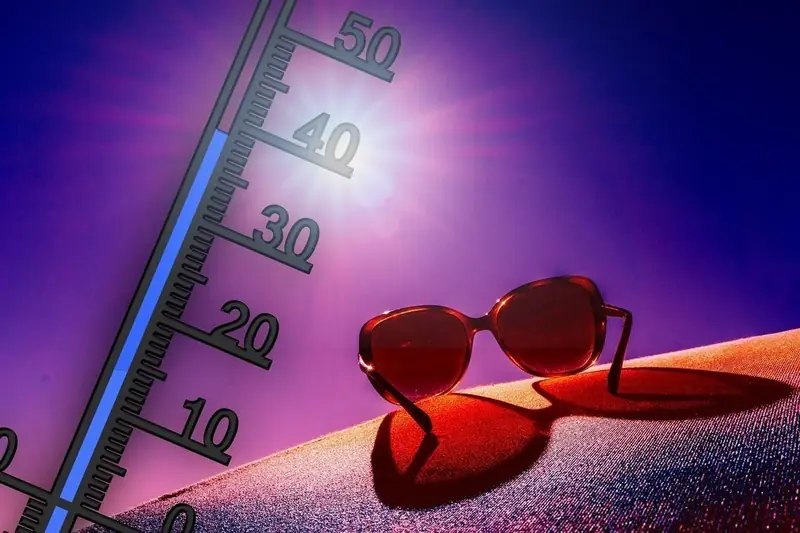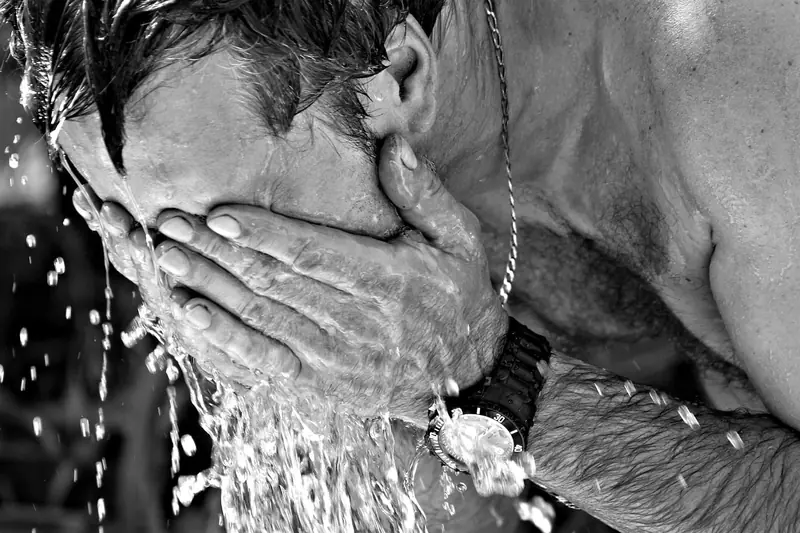
Feeling the need for a siesta after lunch or dozing off on a hot summer day is completely normal. But how can you tell if your drowsiness is due to the warm weather or something more serious? Experts have provided insights on how to distinguish between heat exhaustion and regular fatigue.
Key Symptoms of Heat Exhaustion
According to Dr. Preeti Daniel, speaking to the Daily Mail, prolonged exposure to heat can lead to heat exhaustion. This condition is the body’s response to excessive loss of water and salt. Symptoms of heat exhaustion may include heavy sweating, rapid breathing, headaches, nausea, high body temperature, a fast but weak pulse, dizziness, fatigue, and heat cramps.
Older adults, infants, children, and individuals with chronic illnesses are most at risk. Dr. Luke Pouls notes that symptoms are generally the same for both adults and children, with the latter often becoming tired and lethargic.
 While heat exhaustion is not life-threatening, it serves as a warning sign that you need to cool down immediately to prevent the progression to heat stroke. Dr. Pouls recommends removing any unnecessary clothing, lying down, and elevating your legs above heart level. It’s also important to drink plenty of water and use a cool sponge to lower your skin temperature.
While heat exhaustion is not life-threatening, it serves as a warning sign that you need to cool down immediately to prevent the progression to heat stroke. Dr. Pouls recommends removing any unnecessary clothing, lying down, and elevating your legs above heart level. It’s also important to drink plenty of water and use a cool sponge to lower your skin temperature.
If you follow these tips, you should start feeling better within about half an hour. However, if there’s no improvement, seek medical attention, as heat stroke may develop.
What’s the Difference Between Heat Exhaustion and Fatigue?
Dr. Caroline Marshall explains that heat exhaustion is a direct result of spending too much time in the sun. Often, this causes body temperature to rise above 100.4°F, which is not a typical sign of general fatigue.
While fatigue can stem from various lifestyle factors such as sleep disorders, alcohol consumption, and poor nutrition, Ms. Daniel adds that a lack of energy or pain can be considered fatigue, but when accompanied by other symptoms, it may indicate heat exhaustion.
What is Heat Stroke?
According to Ms. Daniel, heat stroke is the ultimate result of overheating. Body temperature rises, leading to confusion, drowsiness, and potentially seizures.
Heat stroke is much more serious than heat exhaustion. It can cause changes in mental state, such as confusion, delirium, aggression, seizures, and loss of consciousness. Symptoms may include rapid breathing or shortness of breath and a halt in sweating, even if the skin feels hot.
 Dr. Pouls notes that heat exhaustion and heat stroke are often confused, but there is a difference. In the case of heat exhaustion, the person needs to cool down, while heat stroke should be treated as an emergency situation requiring immediate medical assistance.
Dr. Pouls notes that heat exhaustion and heat stroke are often confused, but there is a difference. In the case of heat exhaustion, the person needs to cool down, while heat stroke should be treated as an emergency situation requiring immediate medical assistance.
How to Protect Yourself from the Sun?
To prevent heat exhaustion during the summer, it’s crucial to avoid dehydration and limit time spent in the sun. Ms. Daniel advises steering clear of direct sunlight from 11 AM to 3 PM and wearing light, loose-fitting clothing.
Additionally, drink plenty of cold beverages and water throughout the day, and limit alcohol consumption. To help keep your baby cool, you can shade the stroller with a damp cloth, refreshing it every 30 minutes.
